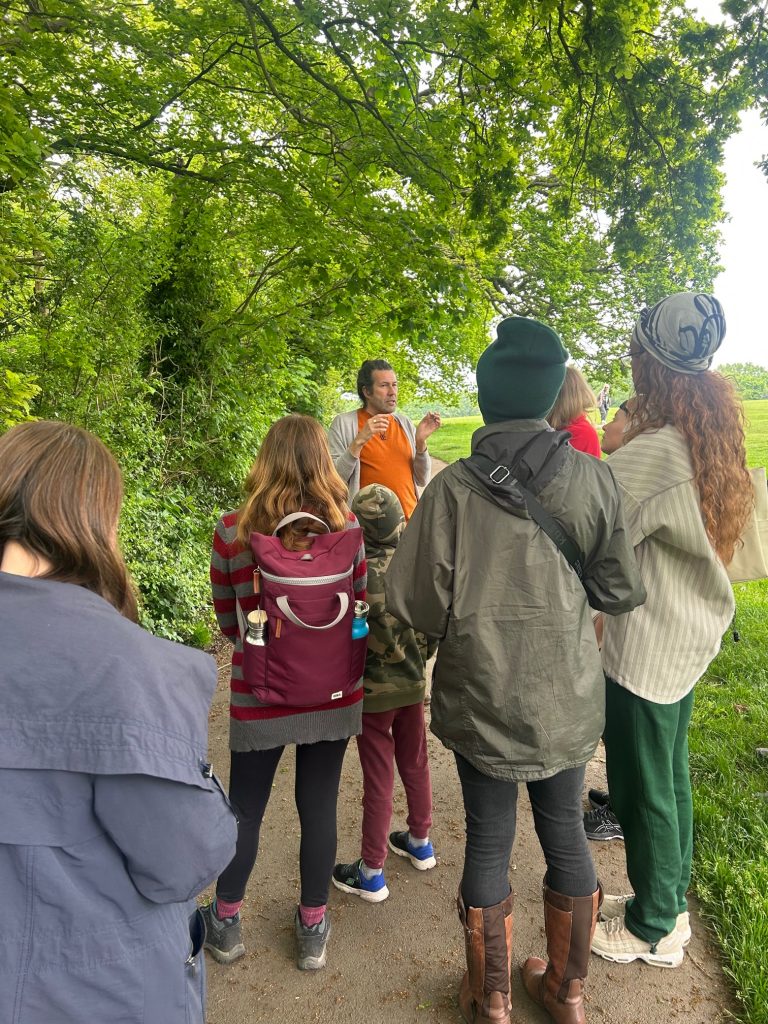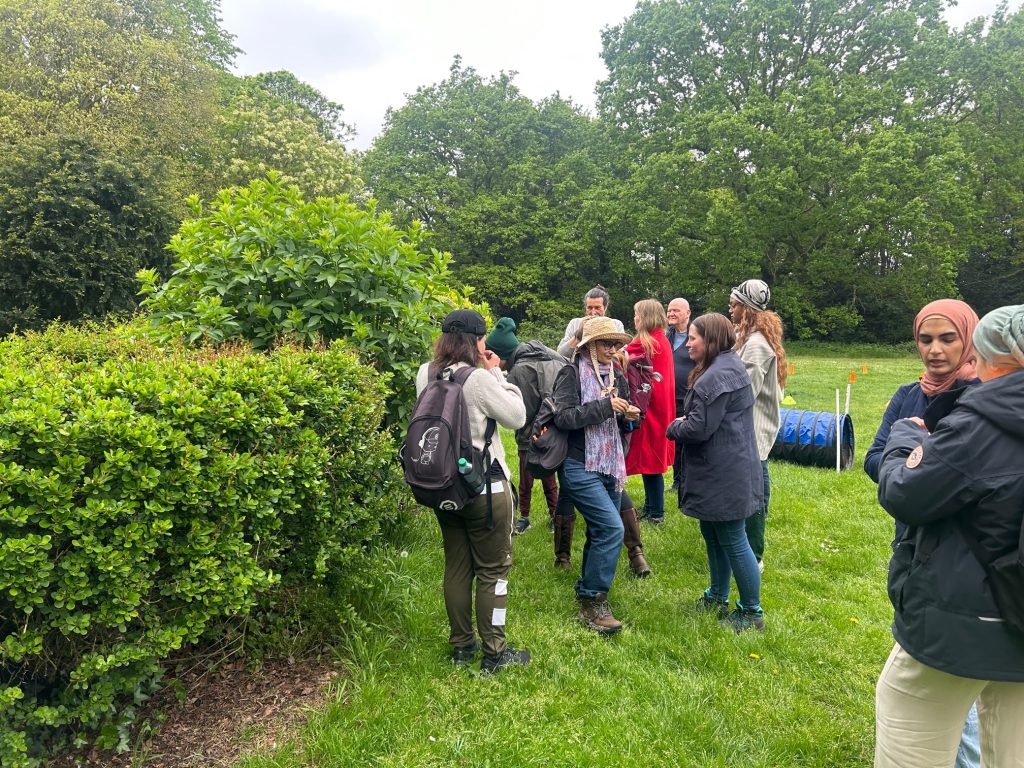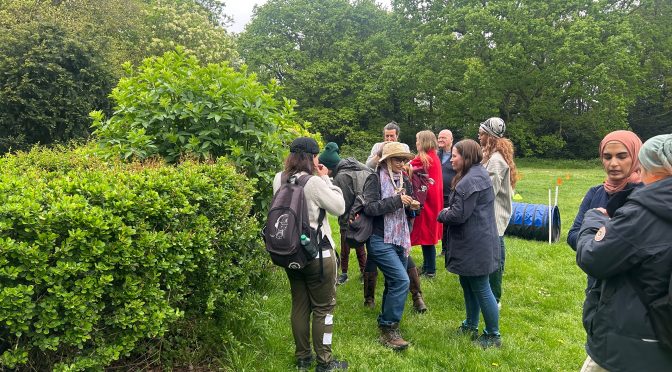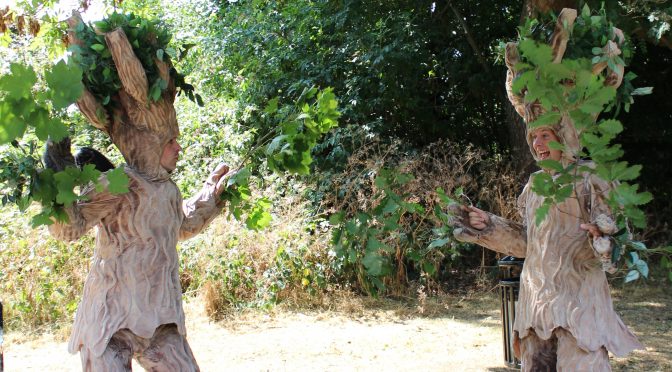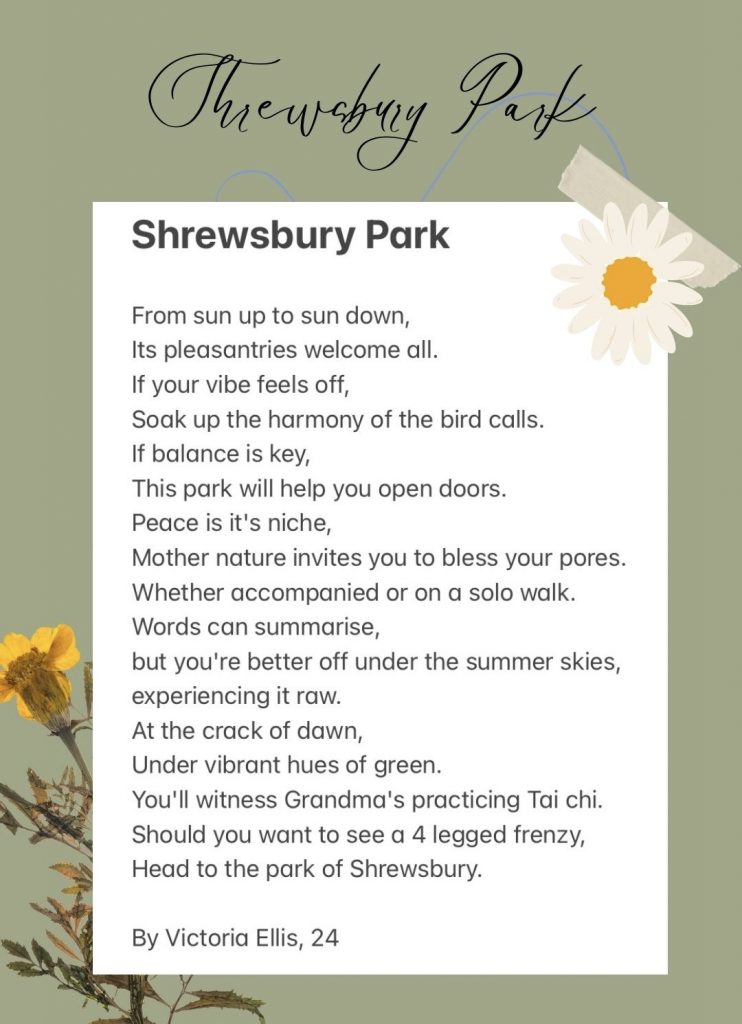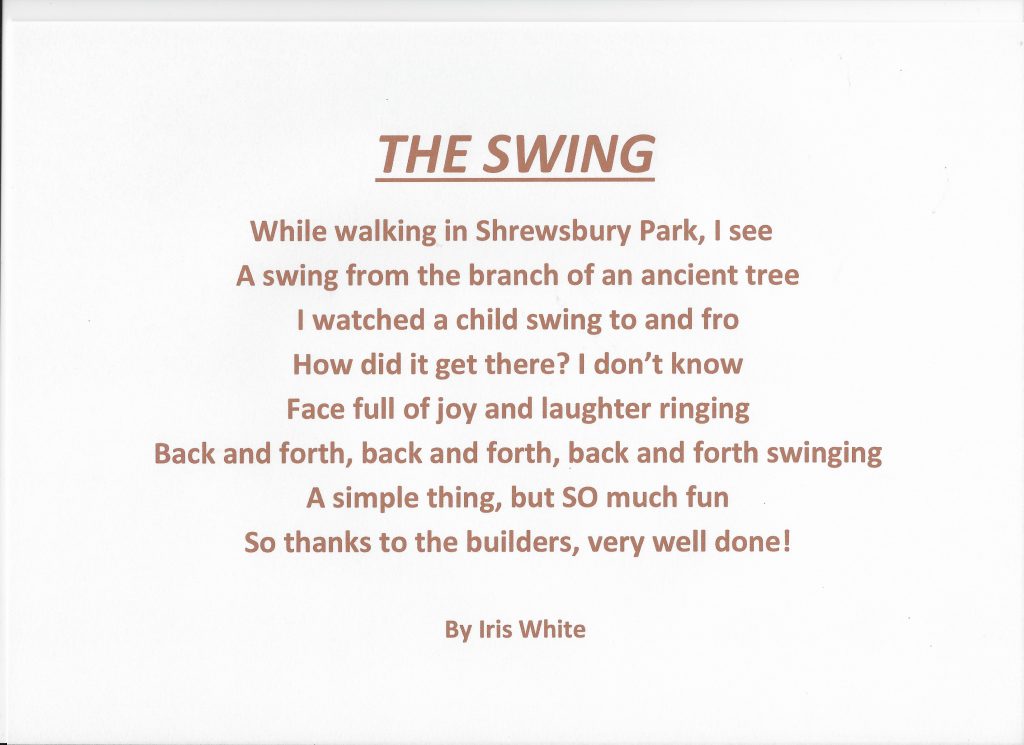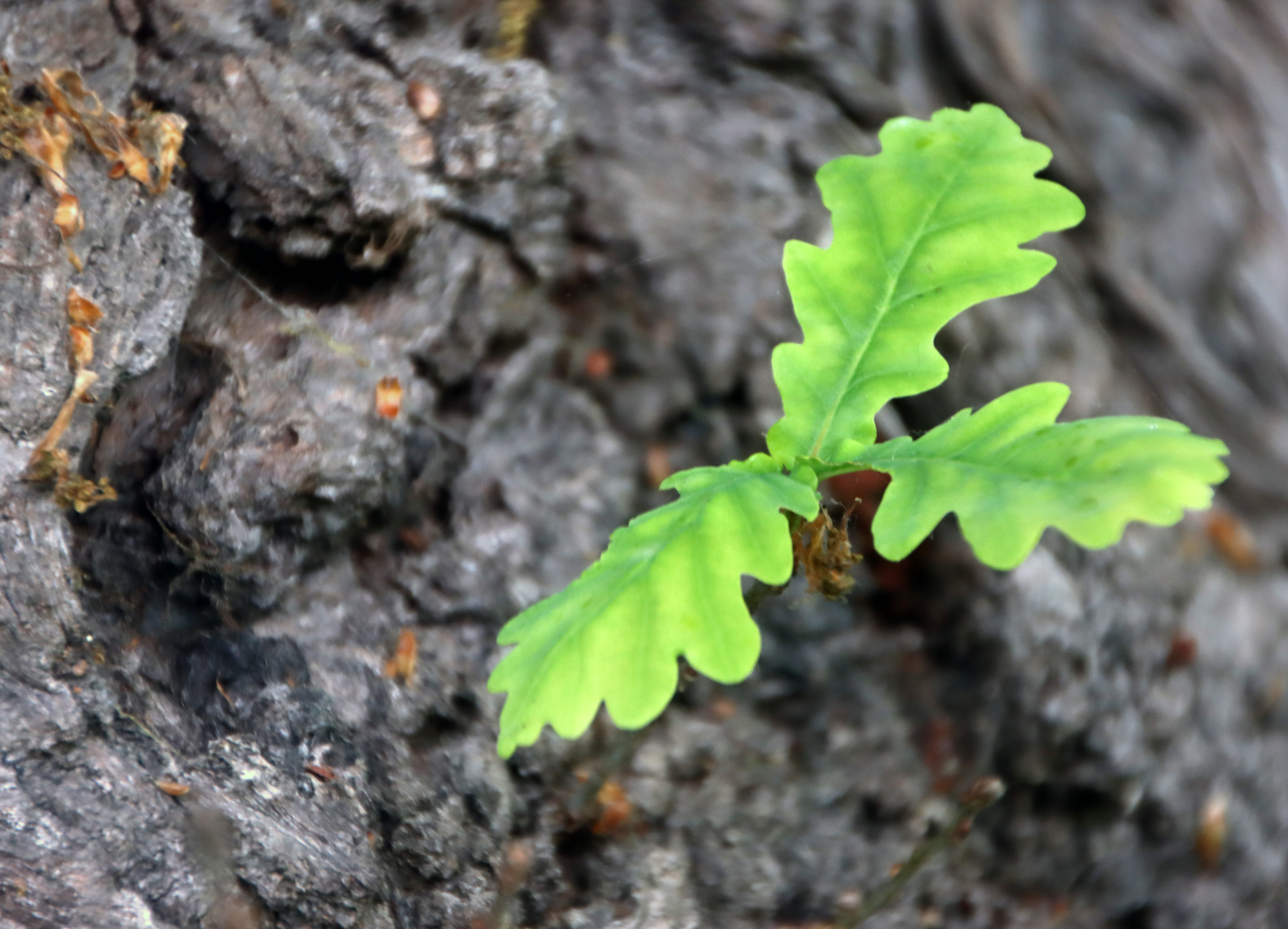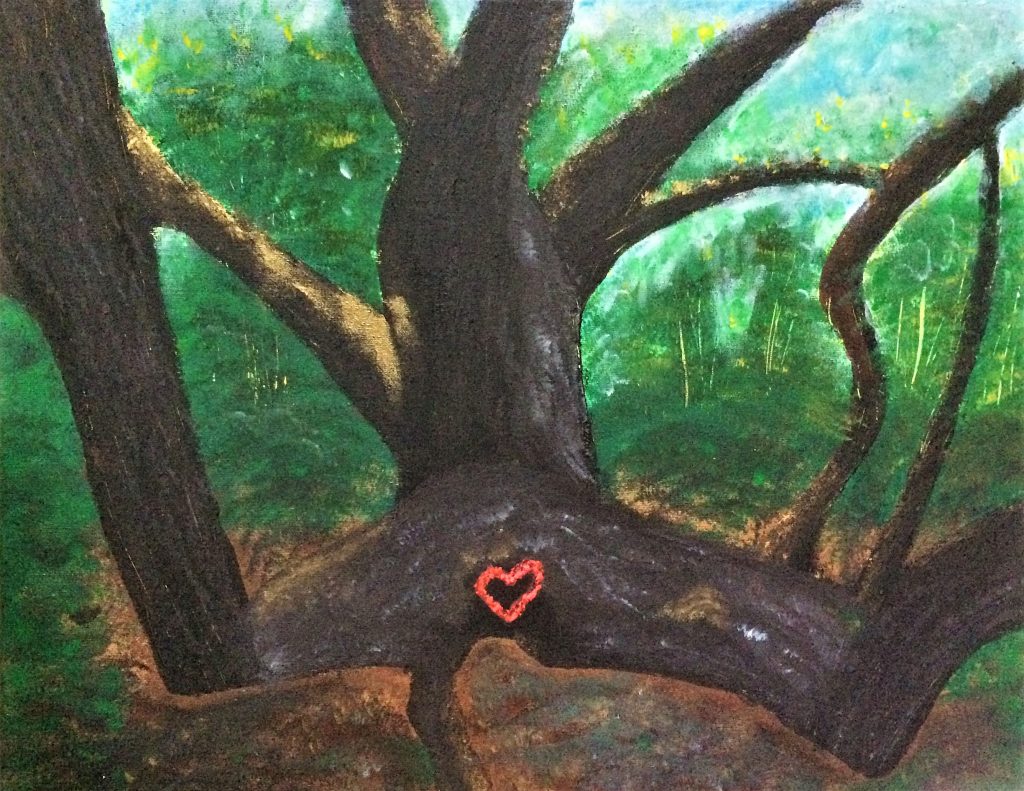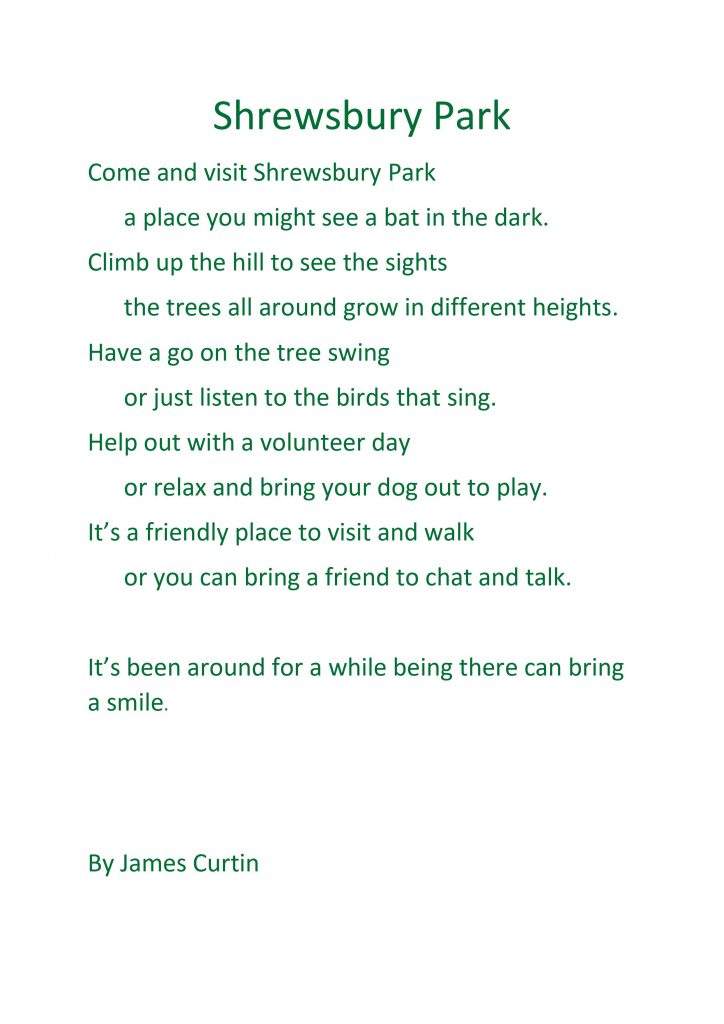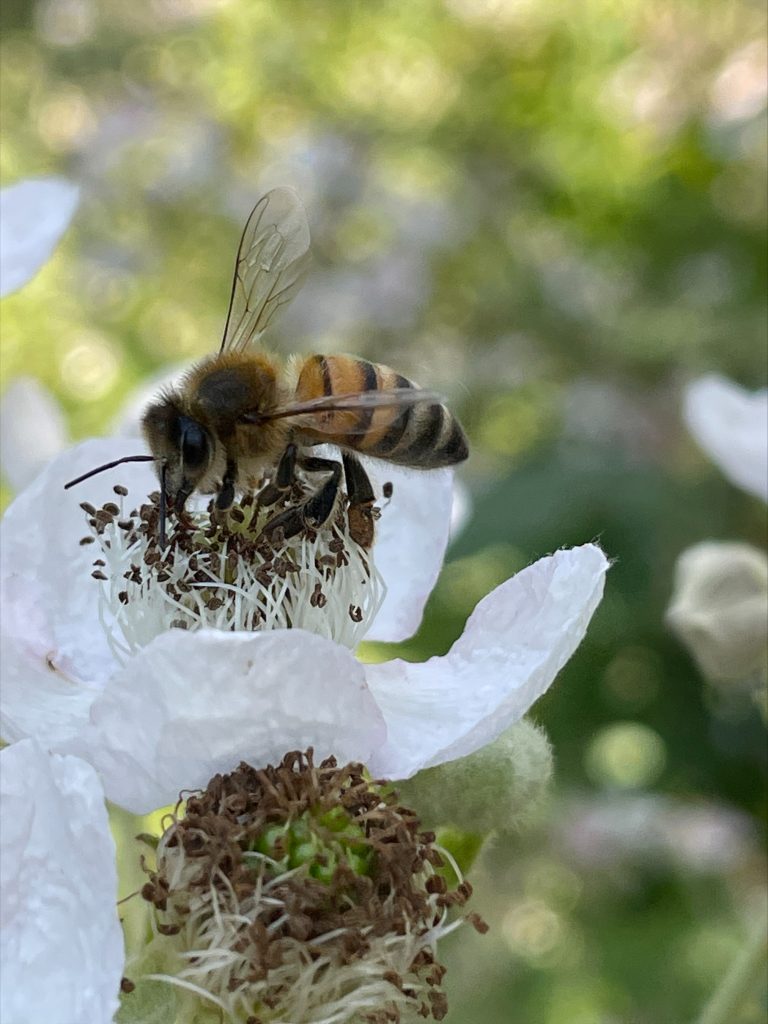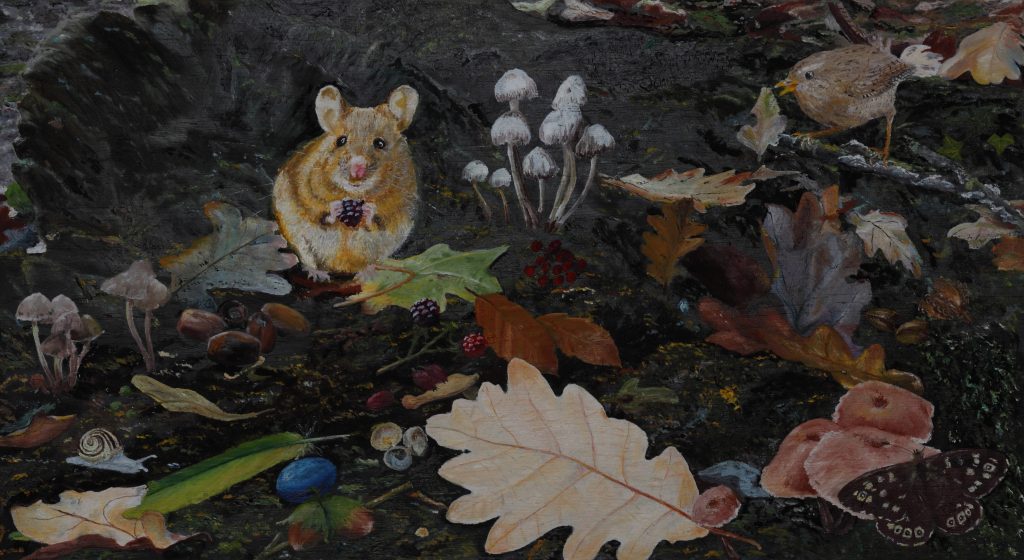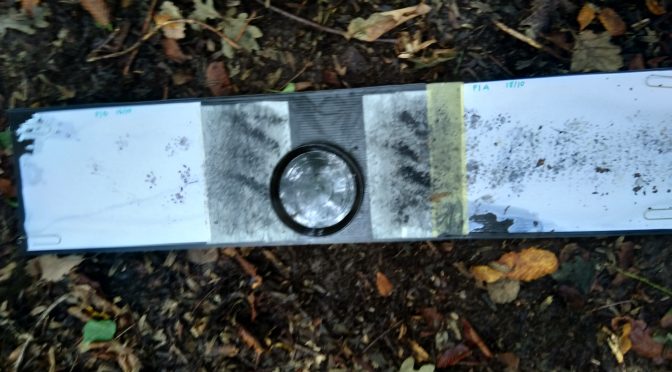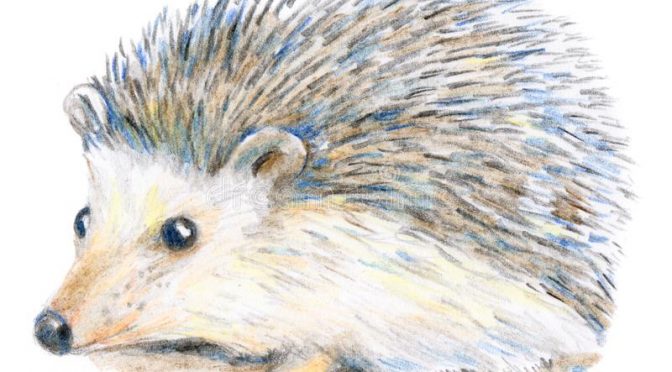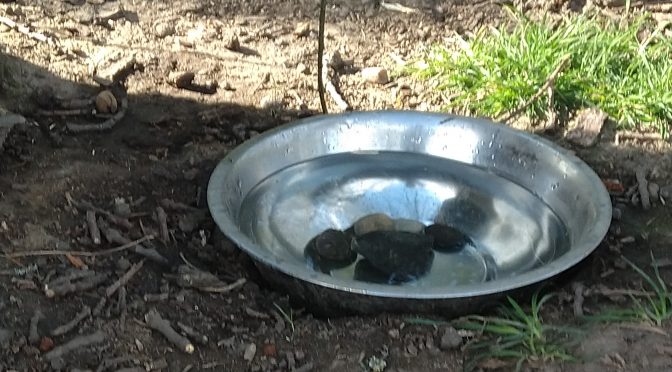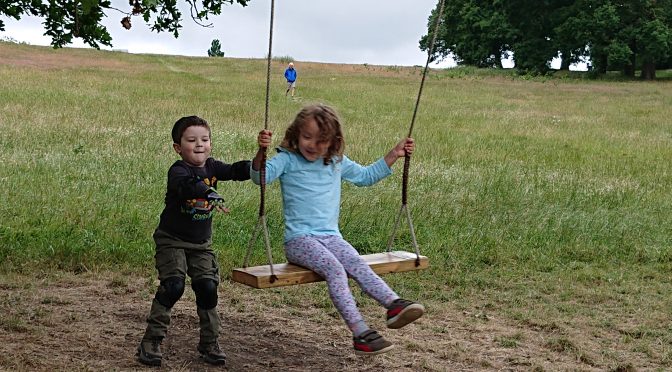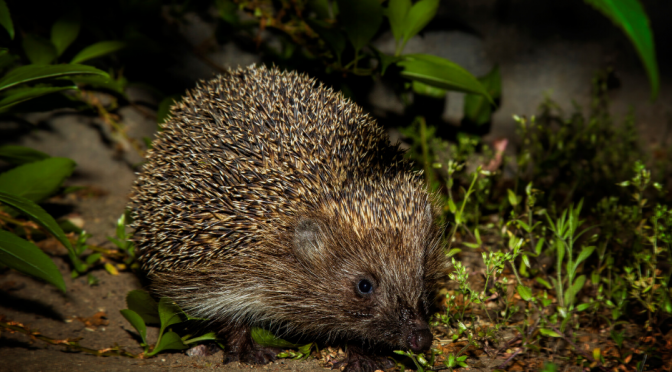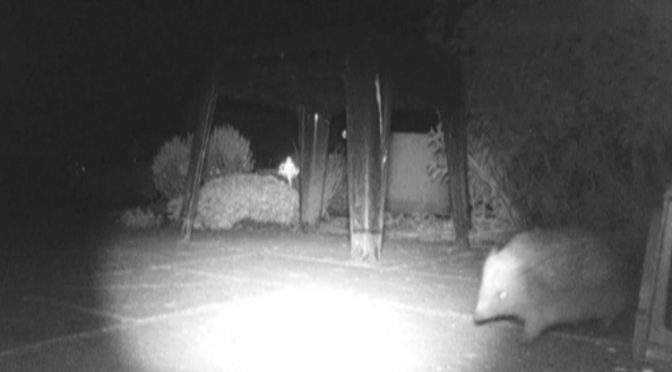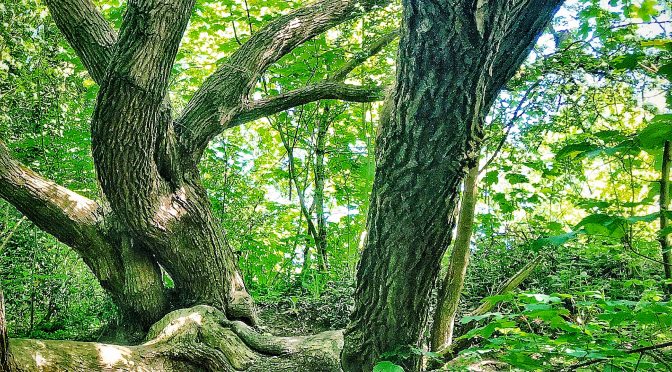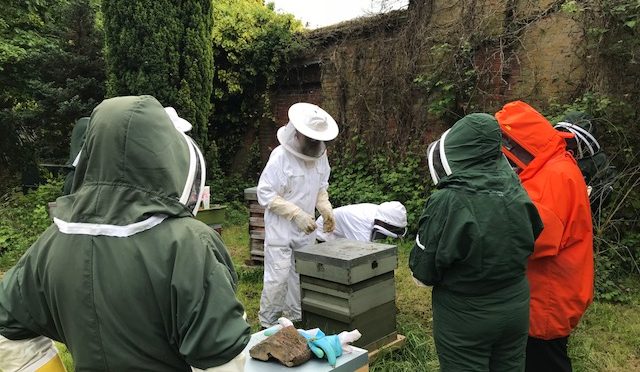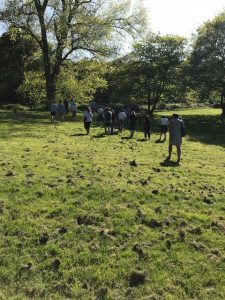As we learned last month, May was when the hedgehog breeding season started to get into full swing. Once pregnant, it will be around four weeks before a hedgehog mother gives birth to her litter. The number of hoglets born will normally be between four and five.
For those mothers who started the breeding season early, their hoglets may already have started to emerge from the nest. It’s more likely that you’ll start to see babies in July, but keep your eyes open because you never know when they’ll be about.
Did you know that a hedgehog can live for up to 6 years? Find out MORE HERE.
Here are our top hedgehog tips for this month:
SPOTTED A HEDGEHOG? If you spot a hedgehog either in your garden or somewhere in the local area, please let us know. It would be really exciting to build up a picture of where and when they are being seen locally.
You can also log your sightings with Hedgehog Street (project run by the Hedgehog Preservation Society) who are building up a national picture of the state of our hog population. Find out MORE HERE. ‘Make a hole, make a difference!’
CONTINUE TO PROVIDE FRESH WATER Although we’ve had a lot of rain in recent weeks, fresh water remains an important resource. Continue to put out a shallow dish in your garden and keep it topped up with fresh water throughout the month.
GARDEN PONDS If you have a pond in your garden, you may get hedgehogs visiting for water and to find yummy invertebrates to eat. Always make sure that there is an escape route, with a gentle shelved area to allow any animals who fall in to the water a to get out easily. Hedgehogs can swim, but may drown if they are unable to climb out of the water.
LITTER PICK Sadly, there have been instances of littering in our parks and open spaces. If you’re out and about and see something that could be harmful to wildlife, please consider carefully picking it up and placing it in a bin. Always be aware of vital hand hygiene, though, and it’s recommended that you wear gloves. Thoroughly wash your hands for at least 20 seconds if you touch anything that has been discarded.
Some of the things that can be particularly harmful to animals like hedgehogs include:
- Discarded elastic bands: they can be an entanglement risk
- The plastic holders from multipack drinks cans: they can be an entanglement risk
- The plastic/foil/cardboard tubes that some savoury snacks come in: these represent a suffocation risk to small mammals such as hedgehogs
NOT BUILT YOUR HEDGEHOG SUPER-HIGHWAY YET? Don’t forget that it’s a simple case of cutting a 13 cm x 13 cm hole at the bottom of a fence panel to create one. This gives hedgehogs the chance to roam between gardens, find suitable nesting spaces and a plentiful supply of health food and water.
Check out recent VIDEO HERE Got any grub….
If you spot a hedgehog out during the middle of the day, they may well be in trouble. Contact Willow Wildlife for advice on 07956 472284 or Michelle (on behalf of Friends of Shrewsbury Park) on 07849 534759.
More from the Hedgehog Diaries next month.
Thank you Michelle!

